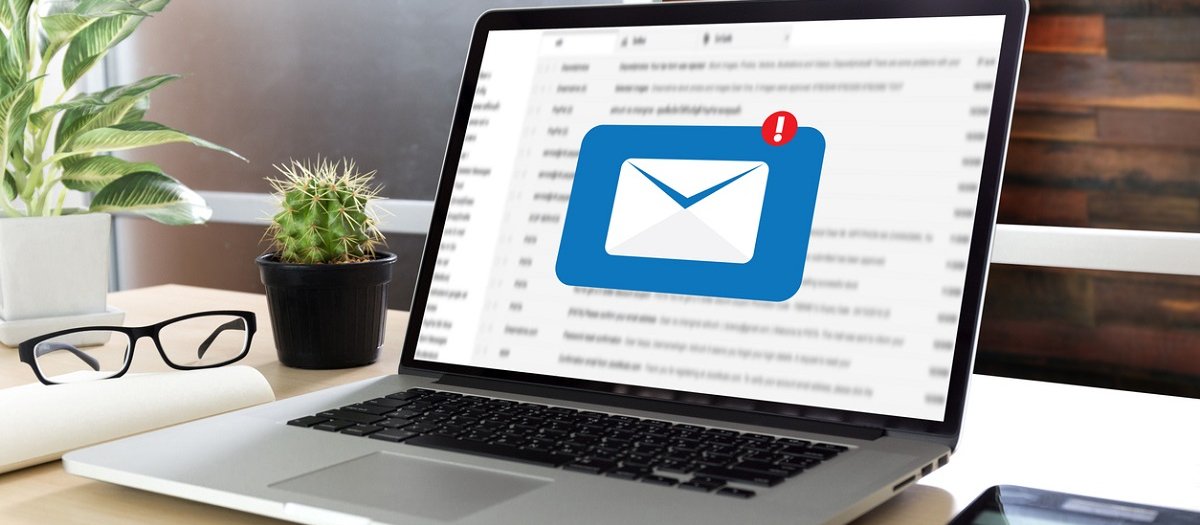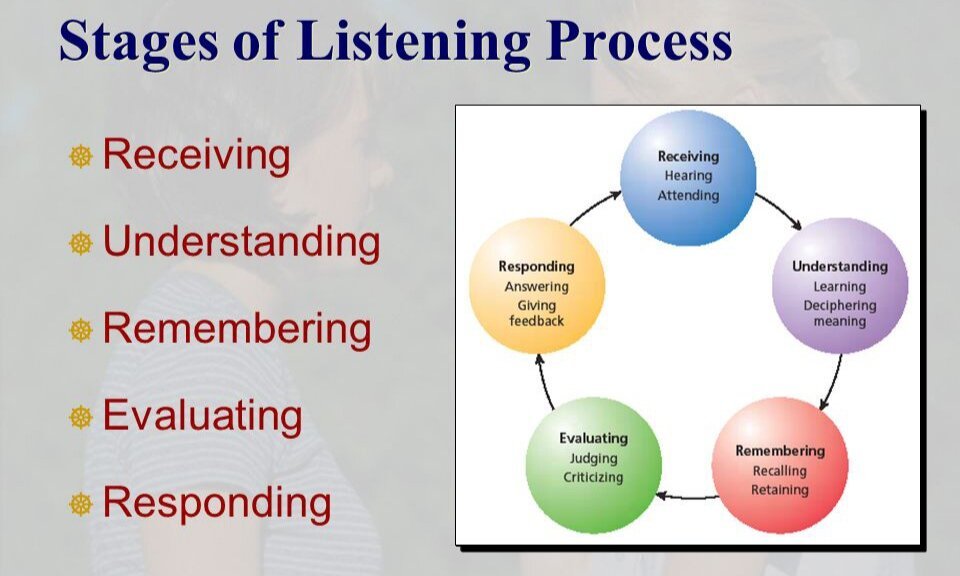
21.1 Your Guide to Effective Communication

You can depend on the fact that successful businesses know how to treat their customers.
This is the reason why they are successful in the first place. In today's competitive business environment, high quality customer communication can make all the difference between retaining a satisfied customer and losing them to a rival organisation. Customer communication is the most important prelude to providing excellent customer service.
In order to retain old customers and attract new ones, employees have to make sure that the communications give off the right messages to customers. One of the most important aspects of customer communication is to understand what customers mean rather than what they actually say.
Knowing how to communicate over the phone, face-to-face and in written word are all important for a PA. There are different ways to improve communication with existing and prospective customers.
21.2 Satisfaction

The modern mantra specifies that the customer is the most important asset of an organisation.
Companies who have neglected their customers can look forward to steadily declining profits and an unimpressive bottom line. They have forgotten that organisations exist for customers and not the other way round.
By learning a few fundamental customer communication skills, you can expect to represent your company competently and professionally.
Statements that should be avoided while responding to customers:
1. They are still at lunch (do they really need to be told your boss is having a long break?.
2. They are late for work.
3. Avoid giving personal information.
4.Avoid saying that you are unaware of their whereabouts.
5. It is much easier to just say that the requested person is not available right now. Take down the customer's contact details and make sure that you or the person in question returns the call.
21.3 Tips for Customer Communication over the Phone

Keep in mind that over the phone, you are unable to see the customer face-to-face.
This makes the communication vulnerable to misunderstandings and wrong communication. Adopt a positive, enthusiastic and friendly tone when you open the conversation. This paves the way for a useful and productive exchange. Customers are extremely sensitive to vibes and can 'hear' a smile or a scowl on the phone.
Do not allow any impatience or irritation to creep into your voice. Be consciously aware of your tone, pitch and volume of voice. Avoid speaking too fast. The normal rate of speech is pegged at 130 to 150 words per minute. A very high pitch can sound annoying while a low pitch can sound harsh. Try to control voice modulation by sticking to a medium pitch.
Pay attention to the customer and use clear enunciation when you speak. Avoid the use of complex and technical jargon when you speak to the customer. Your objective is to help the customer and not to confuse or intimidate them with excessive verbiage. Also, avoid the use of filler phrases like 'Umm', 'dude' or 'yeah', which are considered unprofessional and inappropriate. If you need to take a pause during a conversation, take a silent one instead.
Make sure that you avoid chewing gum or eating while you speak. This leads to mumbled and indistinct speech which the customer will find difficult to follow. It's also bad manners to eat while you speak on the phone (chewing and slurping can be easily heard over the phone).
Be sincere and genuine when you greet a customer on the phone. Although you must mention the company name and your name as well, avoid making it sound like automation. Speak clearly and distinctly and make the greeting personal. If a call has been transferred to you mistakenly, be calm and helpful. Explain to the customer that you are trying to transfer the call to the right person.
Take special care when you communicate with customers who do not speak English as their first language. Slow down your speech so they are able to follow what you are saying. If they have accents, make sure that you are also able to understand what they are saying.
Avoid the use of vague phrases like 'just a sec', 'I can't do that', etc. State what you can do rather than what you cannot do. Use full, complete sentences instead of phrases and half-sentences. For example, 'just a sec' should be replaced by, 'please hold on for a few seconds while I find out the information that you want'. Answering a customer with a quiet, efficient attitude will also help in calming down a disgruntled customer.
Use the customer's name whenever you are able to. This helps establish a personal connection with the customer and lends credibility to customer communications. Write down the spelling and make sure that you get the pronunciation right.
21.4 Additional Tips for Customer Communication through Email

Clarity is the most important aspect of any customer communication.
It's necessary to understand and implement protocol in emails in order to minimise the likelihood of miscommunication. The primary and simple objective of effective customer communication is to make your customers' lives easier and to reduce their effort.
By learning to type out clear and articulate emails, you can ensure that your customers spend less time and effort in trying to decipher your emails.
1. Numbers instead of bullet points: Break up paragraphs into points wherever possible. Use numbers instead of bullet points in emails. The reason is that if you wish to revert to the contents of the email later on, you can simply refer to 'option 2' or 'option 4' instead of having to restate the entire point again. Numbered lists reduce the possibility of confusion.
2. Bold text for emphasis: If you wish to emphasise a certain point to your customer, remember to bold the phrase or words. For example, you may wish to draw their attention to a specific date or amount.
3. Come to the point in the beginning of your email. If you bury the main issue in the middle of the email, chances are that your client may miss reading it.
Here is an example to illustrate the point:
Dear Mr. Jones,
We were unable to charge your credit card for your purchase no.11234.
Would you be kind enough to let us have the details so we can try once more? Please let me know a good time to call you.
4. Ask for clarifications instead of making assumptions. One of the most repeated errors in customer service is making assumptions about the customer's requirements. If you have not understood what the customer wants, feelfree to ask questions. The customer will appreciate your interest in serving them. Asking by email is even better because you have the correct information in black and white on your screen.
5. Break up lengthy paragraphs of text into smaller ones. Insert regular line breaks to improve readability. Research indicates text broken up by white space increases comprehension by as much as 20%.
6. Proofread emails before pressing the 'send' button. Although this may sound like clichéd advice, it's one of the most important things you should do before sending off emails to customers. In addition to typos, proofreading can detect unfinished sentences, repeated paragraphs and wrong information before it gets sent off to the customer. Nothing can be more embarrassing than sending emails full of errors to your esteemed customers.
21.5 Learning to Listen
Improve listening skills that could make a huge difference to communication success.

People need to know that you are fully able and willing to understand their case. Put yourself in the position of the caller and imagine if you were interrupted, not paid attention to, hurried and then fobbed off - you would probably be annoyed or at least never use the company's services again.
When recording and dishing out information, it should always be precise, detailed and accurate. Avoid overly contrived or gimmicky jargon that a salesman would use. Call recording offers 2 benefits: You can learn from every call and review your performance at later dates, and it also gives you pressure to perform, if you know every call is recorded, then you are more likely to communicate at your best ability.
Always make sure you confirm that callers have understood the information provided to them. Ask them if they have any questions or clarifications about the information.
21.6 Taking Messages
Collect all relevant information when taking messages for your boss and other people.
Every message is important and you should never just try to remember what somebody said.
Try this checklist and see how you can improve on taking messages:
Who is the call for?
Date and time of call
Name of company and caller
Telephone number/fax number
Is the call urgent? Any other reasons for the call
Give them your name
Any details that were agreed with you and caller
Being at the front line of communication means you have to be positive with good people skills! This module is intended to help you understand as much as possible how important this is for the future of your career as a PA.
21.7 Reception Skills
Every receptionist needs good organisational skills for executing their tasks.

You need to be good at working behind the scenes as well as on the front line. Taking calls, directing visitors, meetings, etc. will all require a great deal of preparation, just as we have mentioned in previous modules.
Organisation will involve a good filing system that works for you and everybody else who needs to use it. All the information should be kept safe and backed up in case of emergencies. A PA should be well motivated and be able to use your initiative when nobody else is around to help give you orders. Learn how to prioritise and execute in the right order. You will have a long list of phone numbers including colleagues, employers, vendors, contact numbers and contractors. They will need to be accessed easily at all times.
Try to store them on a computer program or Rolodex. Also, you will be dealing with a lot of technology so one should read up, learn and try to be as tech savvy as possible. The phone and the computer will be the two main tools that will help you organise, communicate and execute efficiently.
Email answering, word processing, creating spreadsheets and more have all been discussed in previous modules to help you develop your skills as a PA. Your job may also require the frequent use of the copier, printer and scanner. Learning to troubleshoot simple problems will help you overcome small hurdles to productivity and keep on track with regard to problem solving.
Greet every visitor with professionalism, warmth and courtesy. Everybody entering the premises should deserve a warm welcome. Visitors who have come over for a meeting may need to be directed to a comfortable waiting area or shown the way to conference rooms. Adopt an approachable and helpful attitude.
Activity 1 - Polishing Your Reception Skills
Estimated time: 10-15 minutes
As you wrap up this course, this activity will focus on another skill that you have learned. We have covered several different reception and organisational skills, which you will now practise to ensure that you are ready for your new position.
You most likely have a long list of phone contacts, so spend some time implementing them in an electronic computer system, or Rolodex. Also, spend some time working with basic office products like printers, copiers and fax machines.
21.8 Remember to Dress to Impress
Dress the part and do yourself proud at work, looking good makes us feel good.
If you are not provided with a company uniform, you can opt to invest in formal office wear.
Tips with Regard to Appearance
1. Keep your outfit simple and elegant; try to avoid too many pieces of jewellery, frills and flounces. Your dress should be able to reflect your job profile as a professional.
2. Avoid short, vulgar or revealing outfits. Medium or long skirts or trousers are ideal.
3. Keep the hairstyle neat and tidy. Avoid hair falling over the forehead, etc. In addition to keeping your appearance tidy, this will also prevent you from being distracted at work.
4. Avoid tattoos or outlandish nail polish colours.
Activity 2 - Creating a Professional Work Outfit
Estimated time: 10-15 minutes
In this final module of the course, you learned critical customer communication and service skills, which will help you excel in your career as a PA. You also learned how to dress to impress, so that you are representing your company with professionalism. In this activity, you will think about how to dress in a way that will make you and your company feel good.
Take some time to review the tips in the module, then look in your wardrobe or on the internet and think about how you would put together a professional work uniform. What are some things that you considered when piecing together your ensemble?